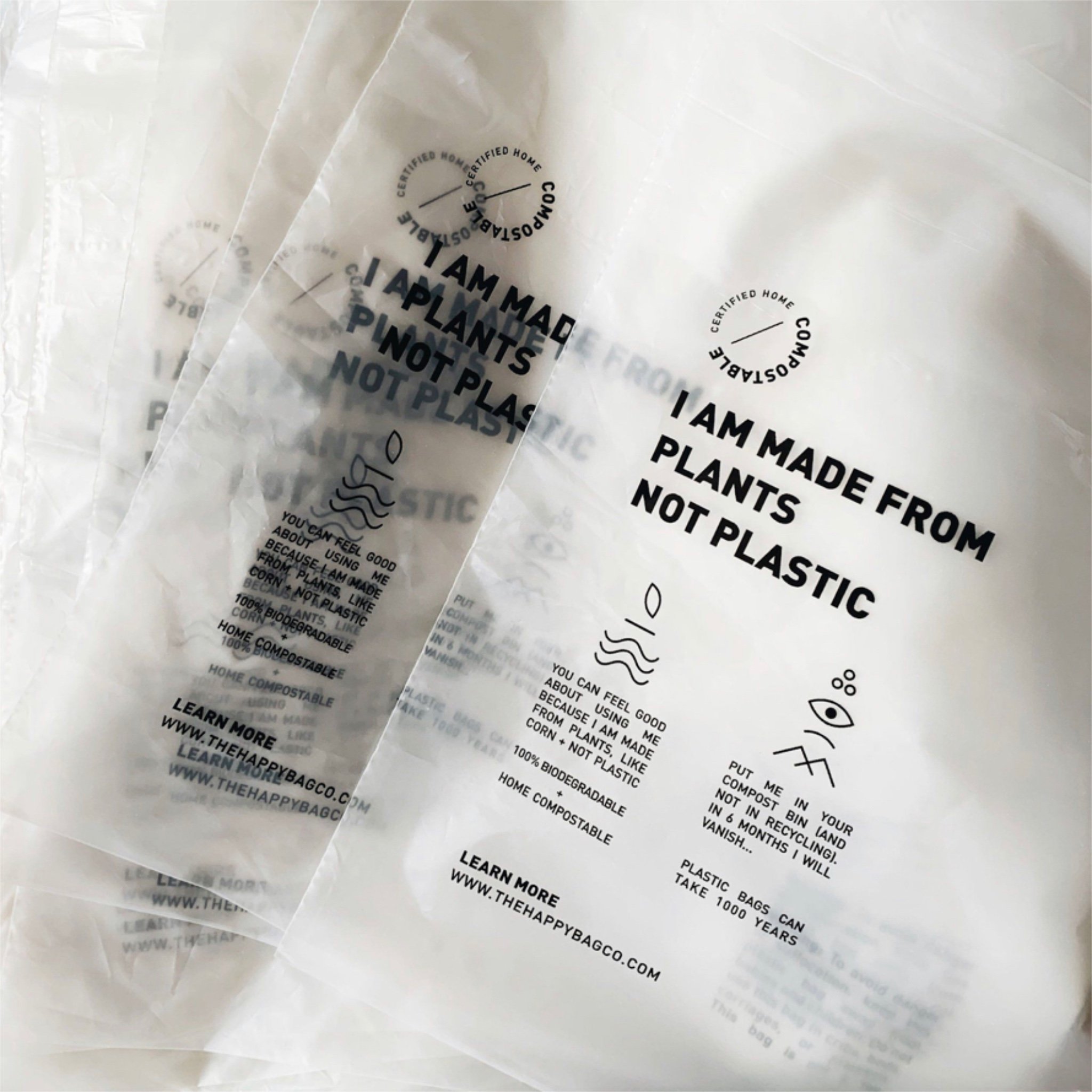Good Things In Sustainable Packages
With the holiday season in full swing, it is hard, as an environmentalist, not to think about the waste that is synonymous with this festive time of year. Of course, winter instills everyone with joyous cheer and gratitude for loved ones, but remember the landfills add mounds of waste. We’re talking about 25 million tons of extra waste, as opposed to the other times of the year. One of the biggest reasons this much trash accumulates is due to the packaging industry and the materials used to wrap up our coveted gifts. Many brands use excessive packaging when shipping items, but this harrowing phenomenon is especially prevalent within the fashion and clothing industry. Not all are to blame though, some brands do a stellar job of only using recycled materials and making conscious efforts to reduce packaging. This year, PhotoBook is granting you the gift of a deep dive into clothing packaging: the data, its consequences, and how to find brands with thoughtful packaging.
I don’t need to break down the most prevalent materials used in fashion packaging, as even if you rarely ordered garments online, you could guess they’d come swathed in plastic. We have come a long way, with many companies using recycled plastics and recycled synthetic materials in lieu of pollution-prone plastics. Plastic Oceans International that packaging is responsible for more than 40% of total plastic usage around the world. Almost half of all plastic in circulation is used for packaging, and a substantial portion of is used to ship garments. Think of how much we could decrease that number if we relied on brands that omit plastic packaging altogether? It is not an impossible request, and the environmental benefits would be massive.
To explain the importance of steering away from detrimental packaging materials, it must be explained why these materials are so detrimental in the first place. For starters, packaging like plastic and Styrofoam can take up to 500 years to decompose. Think about that for a moment. An item of clothing ordered from an online fashion site and shipped to you in a cardboard box contains a bed of Styrofoam and wispy sheets of plastic. You wear the article of clothing for about a month and then decide to sell it on Depop. You hold onto it for a few years, as it endured the trends through time. Just maybe, you hold onto it for decades, treasuring it as a prized possessions, before deciding to part ways because it doesn’t quite fit how it used to. My point is, no matter how long you keep an item of clothing, its packaging will always outlive it. Even after one lifetime, even after five lifetimes, that packaging will still be contributing to the waste on this planet. Is that really worth it?
The problem with plastic and Styrofoam’s impressively longitudinal lifespans is that they can end up negatively affecting all diverse types of environments. Since these materials are enduring, they can make their way into oceans, animals’ digestive systems, and even human water systems, causing a slew of climate and ecology-related issues. But plastic and Styrofoam are not the only criminals to blame. Bubble wrap, which comes from low-density polyethylene, can take just as long to decompose. Cardboard is a safer alternative to plastic, but in its decomposition process, it releases methane, further exacerbating the warming of our ozone layer. Aluminum foil cannot be recycled, making it impossible for it to have a circular lifespan. So, now that the truth behind these benign materials has been revealed, what are the next steps? How can we assure that brands are shipping and packaging their products in ways that minimize unnecessary waste?
As previously mentioned, many brands have begun using recycled materials over what plastic experts call “virgin” plastics. This is an admirable start. Biodegradable packaging, like plant-based packaging, such as that which is made from corn starch, is also fortunately on the rise. As far as brands that are putting in serious work, some fan-favorites that reduce waste packaging include Patagonia, Calvin Klein, Gabriela Hearst, Boden, and Maggie Marilyn (Their packaging can even disintegrate easily into water with no by-product.) This is certainly not a comprehensive list, but to do the background work for yourself, be sure to peruse the “Details” section of a garment or the “About” page of a brand’s website to learn what materials are used for packaging products.
Excessive packaging in the fashion industry creates an ongoing crisis of waste, so it is not plausible to believe the issue can be resolved without dedication to the cause. But we can still contribute our own individual parts. This season, I recommend using paper packaging and saving it for next year. Every gift you give will surely carry even more meaning if the recipient knows it is also helping to mitigate packaging waste. Good things come in sustainable packaging, so next time you make an order or wrap a present for a friend, take some time to consider the more ethical options.
Article by Kayla Curtis-Evans,
Contributing Sustainable Editor PhotoBook Magazine
Tearsheets by Alexa Dyer, Graphic Design Intern, PhotoBook Magazine






